Introduction
What is a Payload in API? In the world of software development and web services, APIs( operation Programming Interfaces) play a pivotal part. APIs allow different operations to communicate with each other, swapping data and functionality. One of the crucial factors in this commerce is the payload. However, understanding what a cargo is in an API is essential, If you are new to API development or trying to get a better grasp of how data is transferred between systems.
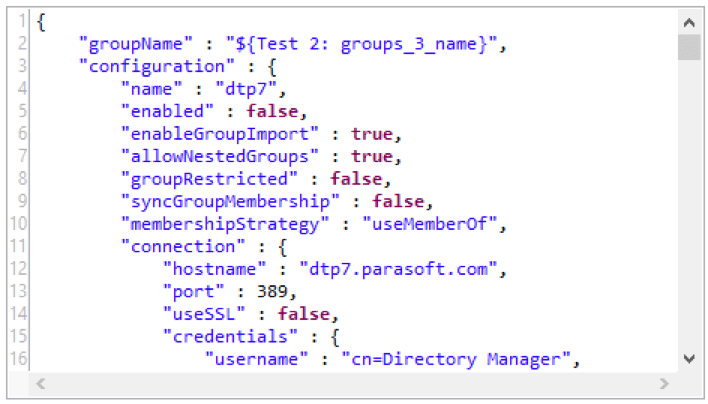
What Is a Cargo?
In the environment of APIs, the term” cargo” refers to the factual data that are being transmitted from one system to another during a request. When a customer sends a request to a garçon( or when a garçon responds to a customer), the cargo is the body of the communication containing the data. It’s like a package that carries information from one place to another.
Think of it this way When you shoot a letter through the correspondence, the envelope contains the address( analogous to the heads in an API request), while the letter outside is the factual content you want to deliver — this is the cargo.
loads are used in different types of API requests, including GET, POST, PUT, and cancel requests. The content and format of the cargo depend on the type of request and the nature of the commerce between the customer and garçon.
How Does Cargo Work in an API?
customer- Garçon Communication When a customer( which could be a mobile app, web operation, or another service) requests an API, it frequently sends data in the cargo. The garçon also processes this cargo to give the applicable response. The cargo can contain a wide range of data, similar to stoner details, image lines, or product information.
Data Formats In API communication, the cargo is generally formatted in standard formats like JSON( JavaScript Object memorandum) or XML( Extensible Markup Language). These formats are featherlight, making it easy for machines to read and reuse the data. JSON has become the most popular format due to its simplicity and ease of use.
For illustration, a cargo for creating a new stoner in an operation might look like this in JSON format
JSON
Copy law
” name”” John Doe”,
” Dispatch
john.doe@example.com”,
” word”” 12345″
Types of Requests and Cargo
GET Request In a GET request, the cargo is generally minimal, and the primary purpose is to recoup data from the garçon. loads are frequently transferred via query parameters rather than the request body.
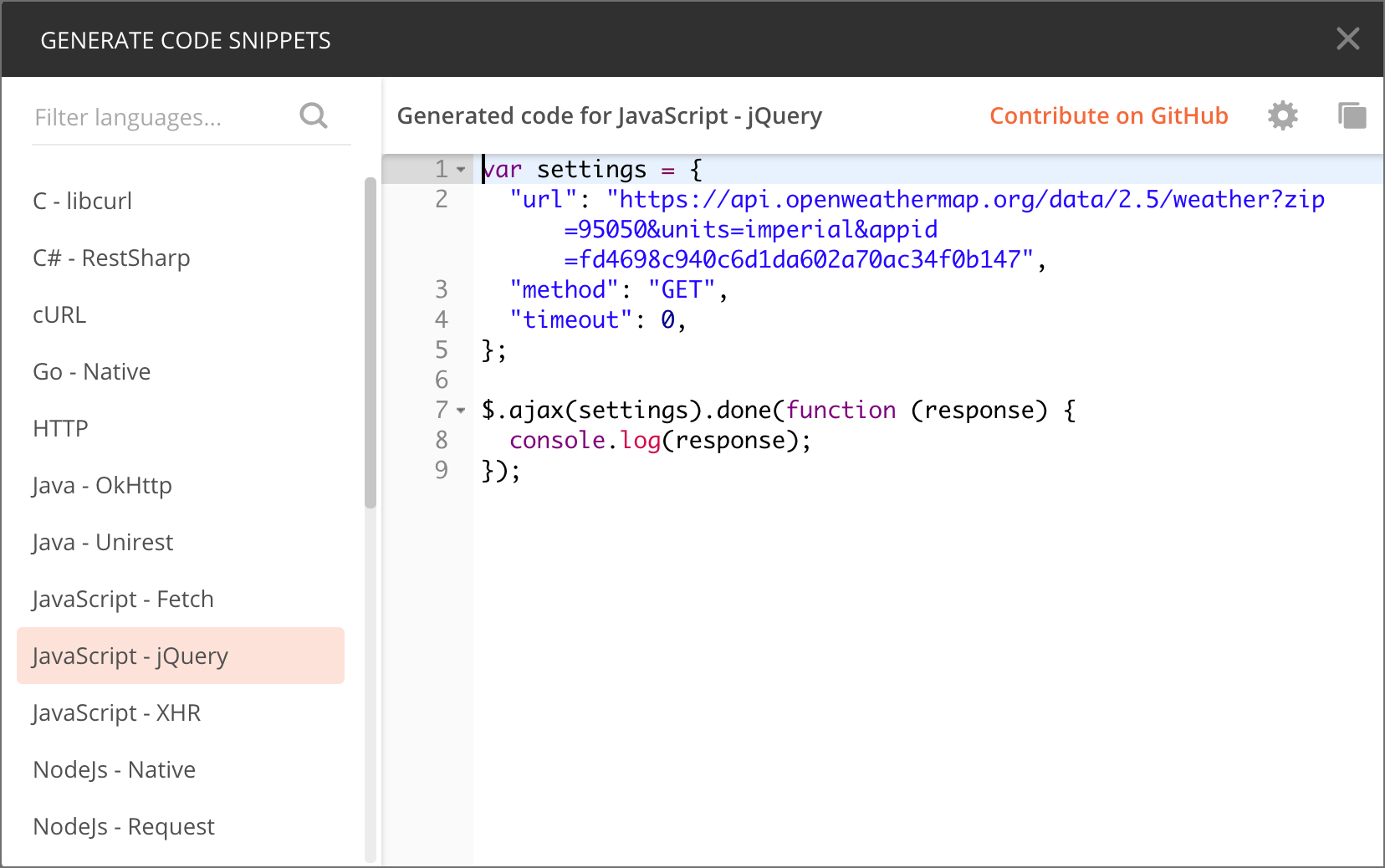
POST Request A POST request sends data in the request body, and this data is the cargo. The garçon processes the cargo to produce new coffers, similar to adding a new stoner or uploading an image.
PUT Request analogous to POST, but the primary difference is that PUT is used to modernize being coffers. The cargo in a PUT request contains the data to modernize the resource.
cancel Request Though it’s used to cancel coffers, the cargo in a DELETE request can include fresh details( though it’s not always necessary).
Why Is Cargo Important?
Understanding loads is pivotal because they form the backbone of API relations. Then are some crucial reasons why loads are important
Effective Data Transfer APIs frequently need to change large quantities of data between systems. loads allow for the effective transfer of this data in a structured format, enabling the customer and garçon to understand and reuse the information without nebulosity.
Inflexibility loads give inflexibility in terms of what data is transferred between systems. Since the cargo is customizable and grounded on the requirements of the request, it can acclimatize to a wide range of operations, from e-commerce platforms to social networks.
Performance Well-structured and optimized loads can enhance the performance of an API. By transferring only the necessary data, both the garçon and the customer can reuse the request briskly, reducing quiescence and perfecting the stoner experience.
Security Insecure or deformed loads can expose an API to vulnerabilities like SQL injection or cross-site scripting( XSS) attacks. icing that loads are duly formatted, validated, and sanitized helps secure the communication between customers and garçon.
Cargo Size Limitations
While loads are essential, it’s important to keep in mind that there are size limitations. utmost APIs apply a maximum cargo size to help inordinate resource operation or performance issues. For illustration, HTTP APIs may limit cargo size to a many megabytes( MB), and exceeding this limit can affect in the API rejecting the request.
Large loads can decelerate the communication between the customer and garçon, which is why it’s essential to keep loads as small and effective as possible. To handle large data sets, some APIs offer pagination or chunking ways, where data is divided into lower pieces and transferred over multiple requests.
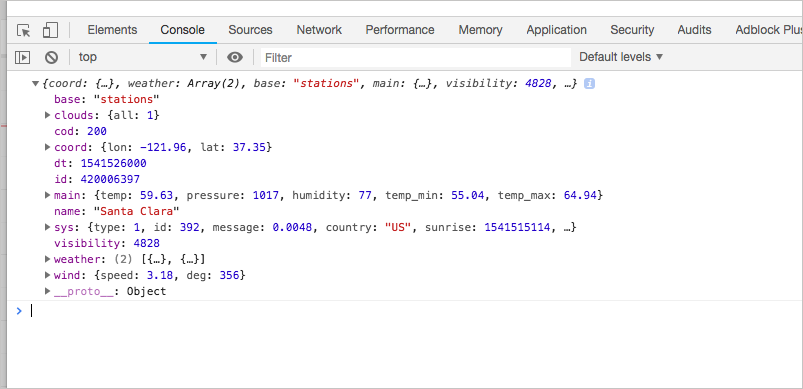
Stylish Practices for Handling Loads
Optimize Data Always shoot only the necessary data. Avoid bloating the cargo with gratuitous information to minimize bandwidth operation and ameliorate response times.
Validate Input ensures that the cargo being transferred from the customer to the garçon is validated to help any vicious content from entering your system.
Use Compression For larger loads, consider using contraction ways like GZIP to reduce the size of the data being transferred, perfecting speed without immolating information.
Cleave to API norms Always follow the guidelines set by the API attestation for cargo structures and formats. This ensures that your loads will be accepted and reused rightly by the garçon.
The part of heads and cargo in API Requests
In an API request, there are two main factors away from the system( GET, POST, etc.) heads and the cargo. While the cargo carries the factual data, heads contain metadata about the request or the cargo itself. For this case, heads may specify the content type( similar to JSON or XML), the authorization commemorative, or the length of the cargo. This metadata is pivotal for the garçon to rightly interpret the cargo and ensure secure communication between the customer and garçon. Without proper heads, the garçon might not fetch the cargo format or might refuse the request altogether.
loads in peaceful APIs
In peaceful APIs, loads frequently carry structured data between customers and garçon. REST APIs use standard HTTP styles, and the cargo generally accompanies POST, PUT, and PATCH requests, as they involve creating or streamlining coffers. GET requests, on the other hand, generally don’t contain a cargo since their purpose is to recoup data. REST APIs make it easy for inventors to understand and apply cargo structures due to their stateless nature and reliance on extensively- used protocols like HTTP. This simplicity and pungency have made REST APIs one of the most popular choices for web-grounded services.
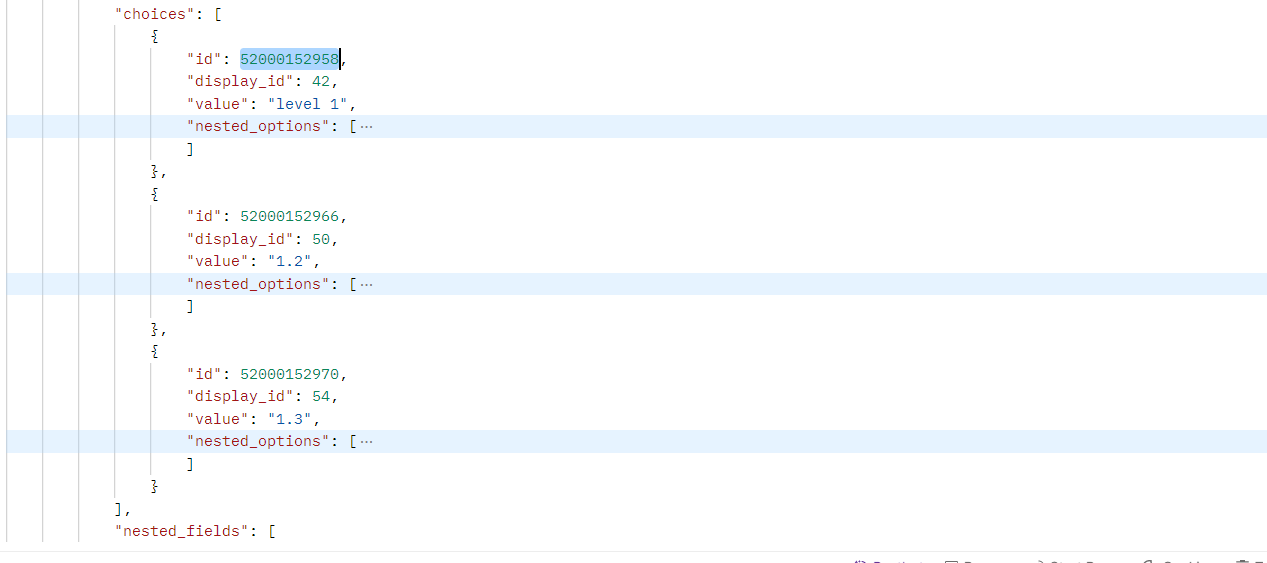
loads in Cleaner APIs
While REST APIs are known for their simplicity, Cleaner( Simple Object Access Protocol) APIs are more rigid and complex, particularly in how they handle loads. Cleaner loads are always XML-grounded and come with a strict messaging structure, including heads, body, and fault rudiments( for handling crimes). The cargo in Cleaner requests is more circumlocutory due to the XML format, but it offers robust error running, security, and sale operation features. This makes Cleaner ideal for enterprise-position operations that bear an advanced position of standardization and security, though it can be overabundant for simpler operations.
JSON vs. XML loads
The debate between JSON and XML loads is a long-standing one in API development. JSON has become the de facto standard for ultramodern web APIs because of its featherlight nature and ease of use with JavaScript and other popular programming languages. Its simplicity in structure allows for brisk parsing and lower data above, making it more effective for utmost web operations. XML, while further circumlocutory, is still used in diligence where strict data confirmation and standardization are needed, similar to banking or healthcare. Both JSON and XML have their strengths and sins, but the choice frequently comes down to the specific conditions of the API and the systems interacting with it.
Security Considerations for API Loads
Securing loads in API communication is consummate, especially when sensitive data like stoner credentials or fiscal information is being transmitted. To cover loads, inventors should always cipher data using protocols like HTTPS, which secures the transmission between customer and garçon. also, using commemoratives or API keys for authentication ensures that only authorized druggies can shoot and admit data. It’s also important to validate incoming loads to help injection attacks or other forms of data tampering. enforcing these security measures helps alleviate the pitfalls associated with API data transmission and ensures that the cargo remains secure throughout its trip.
The Future of API loads
As technology evolves, so do the styles of data exchange in APIs. Arising trends like GraphQL are offering further inflexibility in cargo structures, allowing guests to specify exactly what data they need, therefore reducing the quantum of gratuitous data being transferred. This contrasts with REST APIs, where a fixed cargo structure is frequently returned, indeed if only a portion of the data is demanded. also, the rise of serverless infrastructures and microservices means that API loads will become more critical in ensuring effective and flawless communication between distributed systems. As APIs continue to evolve, inventors will need to acclimatize to new cargo structures and styles of data exchange, keeping effectiveness, security, and inflexibility in mind.
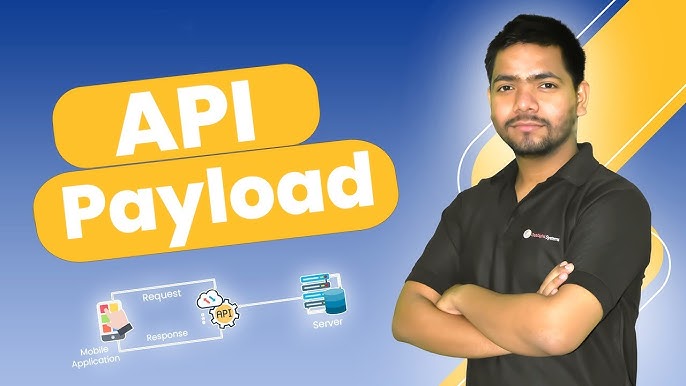
Conclusion
A cargo in an API refers to the data that are transferred from the customer to the garçon or vice versa. It’s an essential element of API communication, enabling the exchange of information between different systems in a structured and effective manner. Whether you’re requesting to recoup data, produce a new resource, or modernize an being one, understanding how loads work will help you make more robust and secure APIs. By optimizing cargo size and format, inventors can ensure brisk, safer, and more effective relations between systems.
Read More:
FAQs
A cargo in an API is the factual data transferred in a request or response between the customer and garçon.
JSON and XML are the most generally used formats for API loads due to their ease of use and readability.
generally, GET requests don’t include a cargo, as they’re used to recoup data, but they may have query parameters.
heads contain metadata about the request, while the cargo is the factual data being transmitted.
API loads can be secured by using HTTPS for encryption, authentication commemoratives, and validating data before processing.

